Auschwitz Memorial condemns Michael Rapaport for posting fake AI-generated image of concentration camp
Michael Rapaport criticised by Auschwitz Memorial for sharing AI-generated image, accused of disrespecting victims.
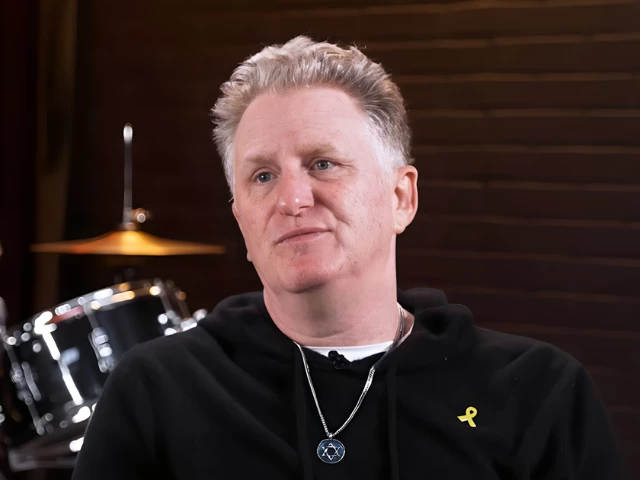
The Auschwitz Memorial and Museum has condemned actor Michael Rapaport for posting what it described as a “fake, AI-generated” image falsely depicting a prisoner playing the violin inside the Auschwitz concentration camp.

The post, made on Rapaport’s Facebook, was accompanied by a 134-word fictional backstory, which has since been debunked by the museum as historically inaccurate.
“Publishing fake, AI-generated images of Auschwitz is not only a dangerous distortion. Such fabrication disrespects victims and harasses their memory,” the museum stated. “If you see such posts, please don’t share them.”
The statement urged the public to rely on sources like the official Auschwitz Memorial account, which provides content based on verified historical research. The museum also highlighted several errors in Rapaport’s post.
These included a misspelling of the Polish name Henryk as “Henek,” a fictional scenario in which orchestras played during death marches, and an implausible anecdote involving a girl hearing music from a men’s orchestra camp.
“Every name, every photo, and every story is based on rigorous historical research and the utmost respect for the truth,” the museum added.
Despite the strong response, Rapaport’s original post has not been removed from Facebook and remains visible, with thousands of likes, shares, and comments—many from users who appear unaware of its inaccuracy.
The controversy underscores growing concerns about the misuse of AI-generated content and the importance of preserving historical truth, particularly concerning atrocities such as the Holocaust.






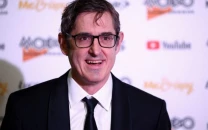




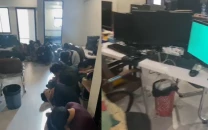



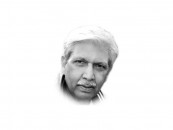


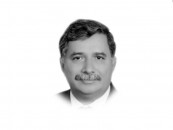
COMMENTS
Comments are moderated and generally will be posted if they are on-topic and not abusive.
For more information, please see our Comments FAQ